Today was one of those great days. One of those days where something special happens out of the blue. It’s not scheduled. It’s not planned. But when it happens – it just makes you smile.
What happened? It was a simple phone call.
I was racing around trying to get through items on my to-do list. Every time I thought I was getting ahead, something would pop up and get added to the list. I felt like I was on a merry-go-round. It just would not stop. I knew it was going to be a real struggle to get to an appointment I had later in the afternoon.
And then my cell phone rang.
I looked down and saw who was. Dawn Omboy’s name appeared on the screen. That alone brought a smile to my face. I took a deep breath to get myself centered and then answered the phone, “Hello Dawn,” with a huge grin my face.
She was calling for two reasons. One was to thank me for her own personalized copy of Notes From the Grooming Table – Second Edition, which was on the way but had yet to arrive on her doorstep.
The second reason took a little longer to explain, but Dawn promised I was gonna love the story. “Okay Dawn, you’re on,” I thought to myself even though I was pressed for time.
My husband Marc and I had been at Dawn’s salon filming for Learn2GroomDogs.com just a couple of months ago. At the time, she had had the possibility of going to China to teach a clinic on creative pet grooming. Even though it wasn’t a sure thing yet, Dawn was so excited at the possibility! China. She’d never been there – let alone teach there! What an amazing opportunity for a little groomer out of southern Georgia.
A few weeks later we learned that the trip was confirmed and she was leaving the following week! She was so excited and we were thrilled for her. We tracked the trip on Facebook along with so many of her Facebook friends. She looked to be having a wonderful time even though she was traveling solo. (That’s one gutsy move all itself!) She told me she had a blast! Everything was wonderful and the people were so nice even though no one spoke English other than her interpreter – and that was dicey. She still knew it would be an adventure of a lifetime she would cherish.
While she was teaching the creative class, someone asked her if she would show them how to do a German trim on a Poodle. Even though they did not speak the language, she was able to make out what they wanted. And to add to that, they wanted it very full and “fancy.” Okay – she got that. The problem was, she couldn’t remember the last time she had done a German trim on a Poodle! But that was not going to stop Dawn…
Dawn – being extremely resourceful – was not going to disappoint her students, “Of course, she told them, I can show you how to do a German trim!”
 That night she retired to her hotel room. As soon as she got there she hooked onto the Wi-Fi and brought up Learn2GroomDogs.com.
That night she retired to her hotel room. As soon as she got there she hooked onto the Wi-Fi and brought up Learn2GroomDogs.com.
Did we mention she was in China?
She searched the database for German trims and found Judy Hudson had just what she needed on the site. She ordered herself a bit of dinner and spent the evening with Judy Hudson. Via streaming video, Judy taught Dawn the finer points of how to do a German trim on a Poodle.
The next day Dawn was confidently able to demonstrate to her foreign classroom how to do a German trim on a Poodle – all because of Learn2GroomDogs.com and Judy Hudson.
Dawn wanted to make sure I heard the story firsthand from her. I was beaming! I love our Training Partners and I love being able to help others. My dream is to make learning accessible to anybody – anywhere in the world. Between my books and Learn2GroomDogs.com – that dream is coming true. Even as far away as China!
And the best part – Judy Hudson flies in tomorrow for a National Dog Groomers Association of America workshop and testing held at the Paragon School a Pet Grooming (and some special saddle time with a couple Friesians). I can’t wait to relay this story to her, personally.
I cannot thank Dawn enough for sharing such a unique story. It’s amazing what our industry has to offer to anyone who applies themselves. The key is to be the best you can be and share that knowledge with others. Even if you don’t have the education in your head – having the right resources on the fly to locate information will turn you into an instant expert wherever you are.
Happy Trimming!
~ Melissa
P.S.
You never know when you’ll need to be an instant expert! Has this ever happened to you? Go online and tell us about it on the Learn2GroomDogs Facebook page.




 Over the years I’ve had the opportunity to work with all types of professional groomers and stylists. I have seen some of the most talented pet stylists struggle to maintain a healthy clientele. Even if they were passionate about their trade, maintaining a robust clientele and growing a business just wasn’t in the cards for them. At the same time, I have seen mediocre groomers grow an amazing repeat client base that keeps their appointment book overflowing.
Over the years I’ve had the opportunity to work with all types of professional groomers and stylists. I have seen some of the most talented pet stylists struggle to maintain a healthy clientele. Even if they were passionate about their trade, maintaining a robust clientele and growing a business just wasn’t in the cards for them. At the same time, I have seen mediocre groomers grow an amazing repeat client base that keeps their appointment book overflowing. In a service-based business like pet grooming, having a highly personalized team of people handle your clientele is the key to a thriving business. Technical skills will only take you so far. Being able to win over the trust and hearts of your clientele is the real key to a successful grooming business.
In a service-based business like pet grooming, having a highly personalized team of people handle your clientele is the key to a thriving business. Technical skills will only take you so far. Being able to win over the trust and hearts of your clientele is the real key to a successful grooming business. from happening? How do you keep your job fresh? Fun? Rewarding?
from happening? How do you keep your job fresh? Fun? Rewarding? Here is the rating scale I’ve used to rate a dog’s (or cat’s) personality.
Here is the rating scale I’ve used to rate a dog’s (or cat’s) personality. This one can be a little tricky. If they are just mildly annoying, deal with it professionally but don’t put any more effort into the client than needed to keep them at bay. If they are rude and nasty, most likely they are just that way all the time – that’s how they go through life. I would do a great job for them, just like with any other client, but I would not go out of my way to do anything “special.”
This one can be a little tricky. If they are just mildly annoying, deal with it professionally but don’t put any more effort into the client than needed to keep them at bay. If they are rude and nasty, most likely they are just that way all the time – that’s how they go through life. I would do a great job for them, just like with any other client, but I would not go out of my way to do anything “special.” Strike one: we let them off with a mild warning.
Strike one: we let them off with a mild warning.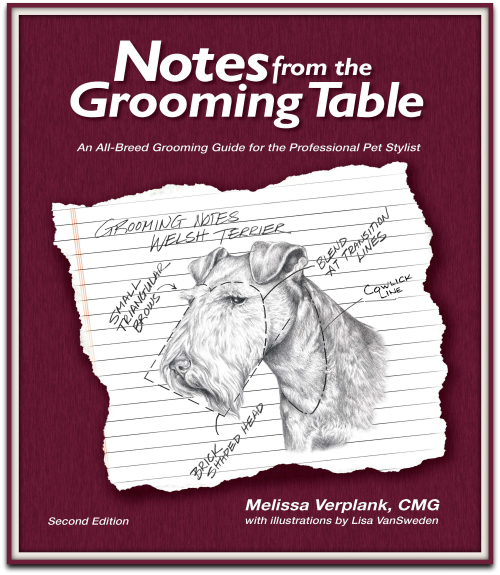
 “How do we handle that?’ I thought to myself at the end of a very long day. We were tossing color options around and having a hard time deciding. Then it hit me. The cover should be the color of a nice glass of red wine – something we were all going to be celebrating with once this massive project was finished!
“How do we handle that?’ I thought to myself at the end of a very long day. We were tossing color options around and having a hard time deciding. Then it hit me. The cover should be the color of a nice glass of red wine – something we were all going to be celebrating with once this massive project was finished!




 Making attractive bows does require finesse. It takes a bit of time to learn. But once you figure out a method that works well for you, you will be limited only by your own creative spirit and time.
Making attractive bows does require finesse. It takes a bit of time to learn. But once you figure out a method that works well for you, you will be limited only by your own creative spirit and time. “I have a (insert breed here). Do you know how to groom them correctly?”
“I have a (insert breed here). Do you know how to groom them correctly?” The Internet is an invaluable research tool. Use it wisely. Most breeds will have a parent club that hosts an official site for the breed. Spend a few minutes reviewing images of top winning dogs in their galleries. With a little luck, you may even find grooming directions or links to grooming directions from dedicated breeders.
The Internet is an invaluable research tool. Use it wisely. Most breeds will have a parent club that hosts an official site for the breed. Spend a few minutes reviewing images of top winning dogs in their galleries. With a little luck, you may even find grooming directions or links to grooming directions from dedicated breeders.
 As pet groomers and stylists, we get to see plenty of dogs. It’s rare and exciting to get a breed you are not familiar with. Most of us pros enjoy the challenge of learning about a new breed. Figuring out what we will need to do to make the dog look like it should – or could – look like if the owners allow you to groom it correctly.
As pet groomers and stylists, we get to see plenty of dogs. It’s rare and exciting to get a breed you are not familiar with. Most of us pros enjoy the challenge of learning about a new breed. Figuring out what we will need to do to make the dog look like it should – or could – look like if the owners allow you to groom it correctly.


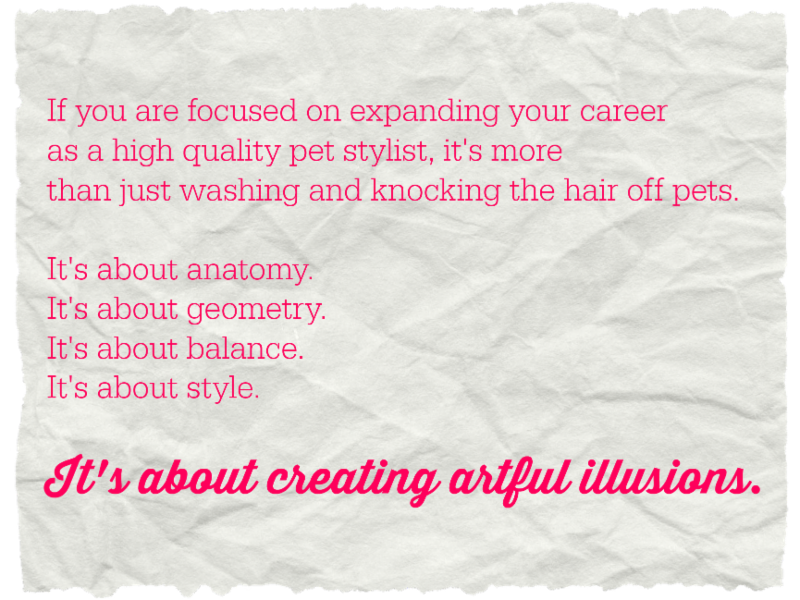 We had many more aha! moments while we watched Pina work her magic on these six lovely dogs. We will be releasing Pina’s latest L2GD video lessons all through 2016.
We had many more aha! moments while we watched Pina work her magic on these six lovely dogs. We will be releasing Pina’s latest L2GD video lessons all through 2016.
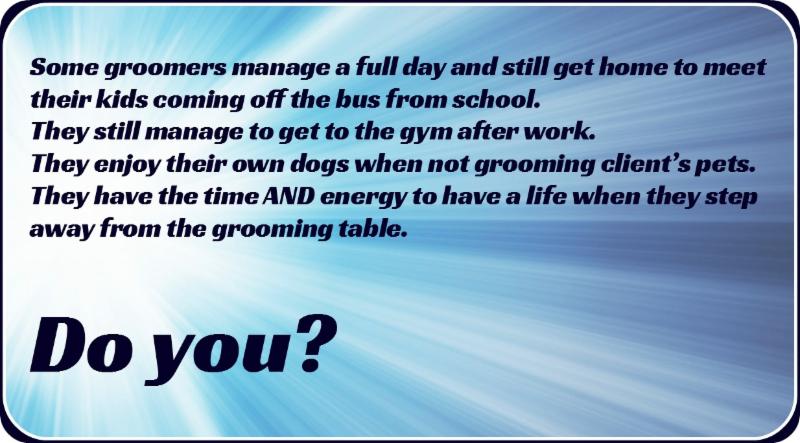 Generally speaking, the faster you can get a dog to the tub, the faster the trim will go. Dogs with six weeks or less coat growth can normally go straight to the tub. With today’s products, shampoos, conditioners, and high velocity dryers, much of the pre-work can be eliminated. Dematting or pre-trimming is a waste of time with six weeks or less trims.
Generally speaking, the faster you can get a dog to the tub, the faster the trim will go. Dogs with six weeks or less coat growth can normally go straight to the tub. With today’s products, shampoos, conditioners, and high velocity dryers, much of the pre-work can be eliminated. Dematting or pre-trimming is a waste of time with six weeks or less trims.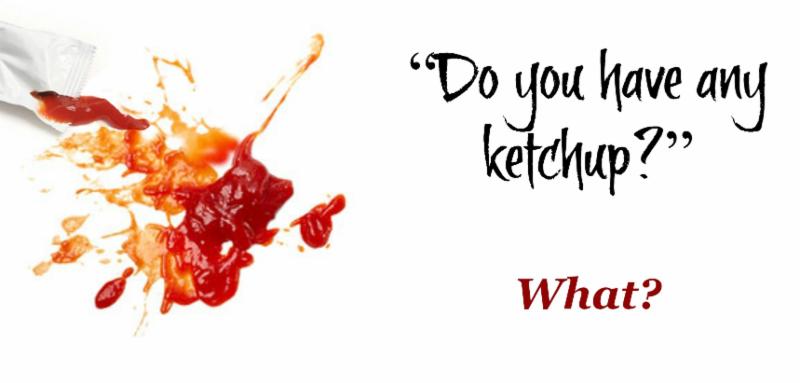 But how do you know exactly what to reach for when a unique situation presents itself? Sometimes you don’t always know what you need. Or maybe what you need is a specialty item and you don’t have it at your fingertips. What do you do then?
But how do you know exactly what to reach for when a unique situation presents itself? Sometimes you don’t always know what you need. Or maybe what you need is a specialty item and you don’t have it at your fingertips. What do you do then?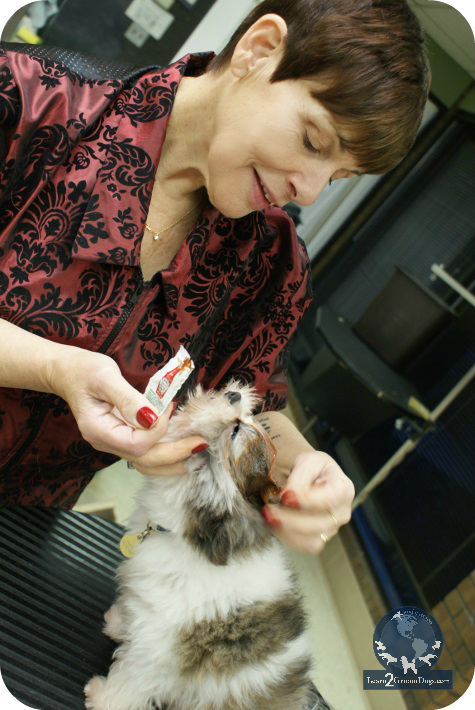 loving homes. The family supplying the dogs for the Learn2Groom film shoot had adopted three of the puppies. Many of the rescued pets were Shih Tzus, Pomeranians, Malteses, or mixes of the three breeds.
loving homes. The family supplying the dogs for the Learn2Groom film shoot had adopted three of the puppies. Many of the rescued pets were Shih Tzus, Pomeranians, Malteses, or mixes of the three breeds.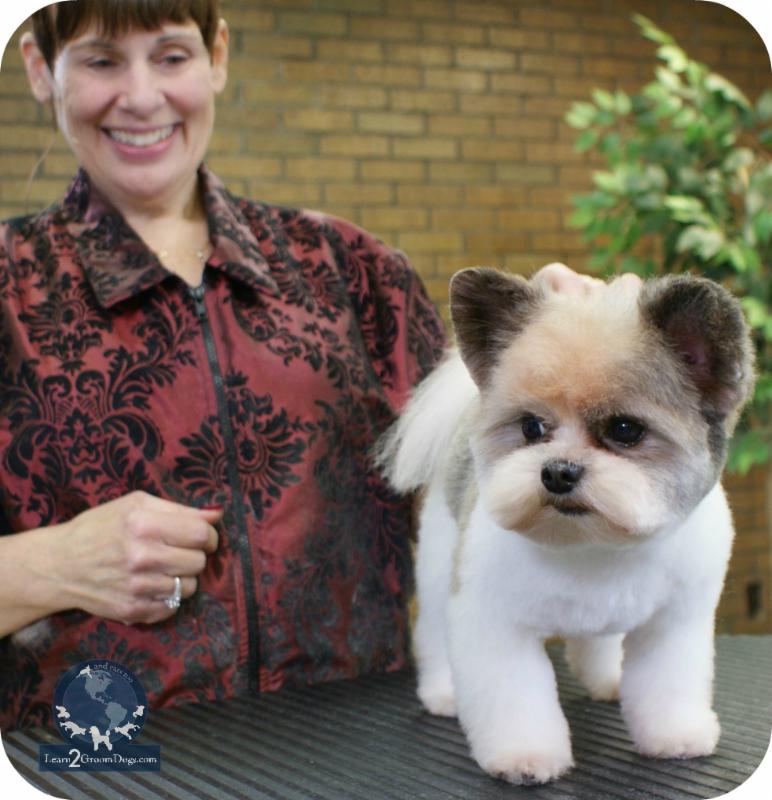 Sue suggested that we do a couple more applications in the future to really lighten the top of his head.
Sue suggested that we do a couple more applications in the future to really lighten the top of his head.